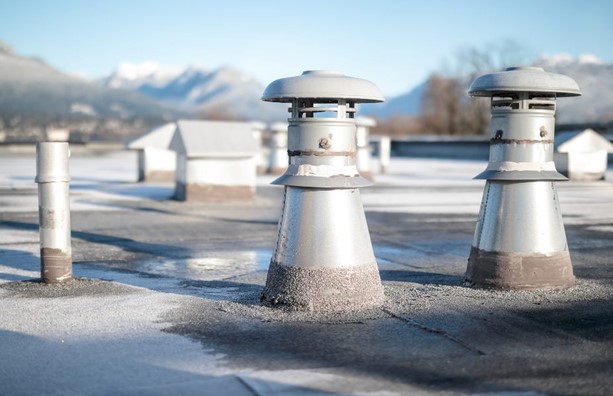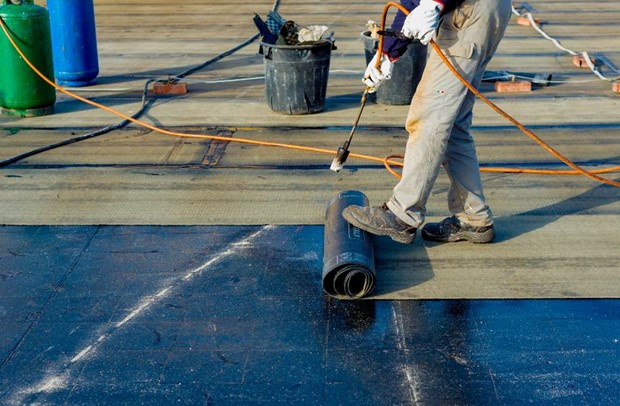Flat Roof Maintenance Tips for Florida Commercial Properties

Caring for a commercial flat roof in the distinct climate of South Florida can present significant challenges. However, with proper flat roof maintenance, business owners can extend the lifespan of their roofs and avoid costly repairs. Read on for valuable tips and practical advice on how to care for your commercial flat roof effectively. By the end of this article, you’ll have a clear understanding of preventive measures, common issues to look out for, and best practices for keeping your flat roof in top condition.
Understanding South Florida’s Climate Impact
Florida’s warm and humid climate, coupled with frequent heavy rains and hurricanes, can take a toll on flat roofs. The constant exposure to heat and moisture accelerates wear and tear, making regular maintenance a necessity. Knowing the specific challenges posed by South Florida’s weather is the first step in effective flat roof upkeep.
The Importance of Regular Inspections
Regular roofing inspections are the backbone of any flat roof maintenance plan. Schedule bi-annual inspections to identify potential problems early. Look for signs of wear, such as cracks, blisters, or pooling water. Catching these issues early prevents minor problems from becoming major repairs.
Creating a Flat Roof Inspection Checklist
An organized approach to inspections makes sure nothing is overlooked. Your checklist should include checking for debris, examining the condition of the roof membrane, inspecting flashing and seals, and installing proper drainage. A thorough inspection checklist streamlines the process and guarantees complete assessments of the roof.
Cleaning and Removing Debris
Debris accumulation is a common issue on flat roofs, especially after storms. Regularly remove leaves, branches, and other debris to prevent blockages in the drainage system. Keeping the roof clean reduces the risk of water damage and prolongs the roof’s lifespan.
Addressing Pooling Water Issues
Pooling water, or ponding, is a serious concern for flat roofs. It can lead to leaks, structural damage, and mold growth. Check that your roof has an effective drainage system in place. If you notice standing water after rain, address it promptly by consulting with a professional to evaluate and enhance the drainage solutions.
Ensuring Proper Drainage Systems
Proper drainage supports the easy upkeep of flat roofs in Florida. Make sure gutters, downspouts, and drains are free from obstructions and functioning correctly. Regularly clean and inspect these components to prevent water buildup and potential roof damage.
Repairing Small Leaks Promptly
Small leaks can quickly escalate into significant problems if left unaddressed. During inspections, look for water stains, mold, or damp spots inside the building. Repair any leaks immediately using appropriate materials and techniques to prevent further damage.
The Role of Professional Roof Repair for Leaks
When it comes to addressing leaks, enlisting the help of professional roof repair services can be invaluable. Experienced roofing contractors possess the knowledge and tools necessary to accurately diagnose the source of leaks and implement durable solutions for long-lasting protection for your flat roof. Their expertise not only helps prevent future problems but also provides peace of mind knowing that repairs are completed to industry standards.

Reinforcing Roof Flashing
Flashing, the material used to seal joints and edges, is vital for preventing water intrusion. Check the condition of flashing around vents, chimneys, and skylights during inspections. Replace damaged or deteriorating flashing to maintain a watertight seal and protect your roof.
Scheduling Professional Maintenance
While regular DIY inspections and minor repairs are invaluable, scheduling professional maintenance is equally important. Roofing experts have the skills and equipment to perform thorough inspections, identify hidden issues, and provide comprehensive maintenance services designed to accommodate your roof’s particular needs.
Considering Reflective Coatings
Reflective coatings can significantly extend the lifespan of flat roofs by reducing heat absorption and minimizing UV damage. Apply a high-quality reflective coating to lower roof temperatures, decrease energy costs, and boost overall roof performance.
Preparing for Extreme Weather
South Florida’s hurricane season poses a unique challenge for flat roofs. Prepare for extreme weather by securing loose items on the roof, reinforcing weak areas, and ensuring the drainage system can handle heavy rainfall. Proactive measures reduce the risk of damage during severe weather events.
Monitoring Roof Age and Condition
Understanding the age and current condition of your flat roof helps in planning maintenance and repairs. Older roofs may require more frequent inspections and proactive repairs. Keep a record of past repairs and maintenance activities to track the roof’s history and anticipate future needs.
Extending the Lifespan of Flat Roofs
Consistent maintenance, timely repairs, and proactive measures can extend the lifespan of your flat roof significantly. By investing in regular care and addressing issues promptly, you can maximize the return on your roofing investment and avoid premature replacements.
Building a Maintenance Routine
Develop a routine maintenance schedule that includes regular inspections, cleaning, and repairs. A structured plan ensures no aspect of roof care is neglected and helps maintain the integrity of your flat roof over time.
Understanding Common Flat Roof Materials
Different materials are used for flat roofs, each with its advantages and disadvantages. Popular options include Built-Up Roofing (BUR), Modified Bitumen, and EPDM (Ethylene Propylene Diene Monomer). BUR consists of several layers of asphalt and felt, providing excellent durability but may require more extensive maintenance. Modified Bitumen is a flexible option that withstands UV exposure and is easier to install. EPDM is a synthetic rubber roofing membrane known for its resistance to weathering and low maintenance needs, making it a popular choice in residential and commercial buildings alike. Knowing your flat roof material influences both ongoing maintenance strategies and repair decisions.
Exploring Cool Roof Solutions
To extend the lifespan of flat roofs and boost energy efficiency, clients can greatly benefit from premium cool roof solutions. These specialized roofing options reflect sunlight and reduce heat absorption, creating cooler indoor environments and lowering energy costs. By adopting a cool roof, property owners not only improve the durability of their roofing systems but also promote sustainable building practices.
Paul Bange Roofing Can Help!
Maintaining a commercial flat roof in South Florida requires diligence and a proactive approach. Regular inspections, proper cleaning, effective drainage, and timely repairs are essential to extend your roof’s lifespan. By following these maintenance tips, you can protect your investment and ensure a safe, functional, and durable roof for years. For professional assistance and comprehensive maintenance services, contact us at Paul Bange Roofing.





